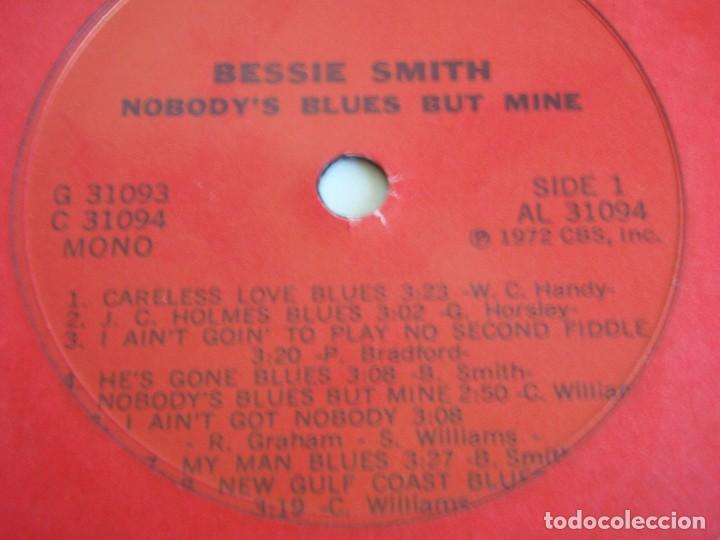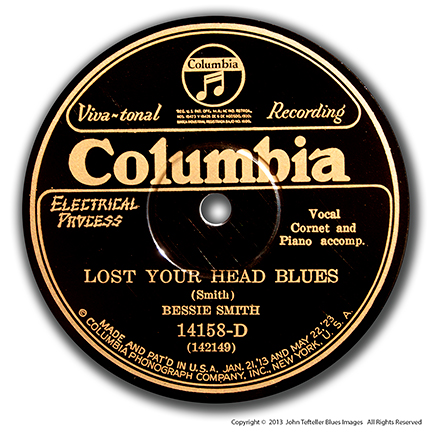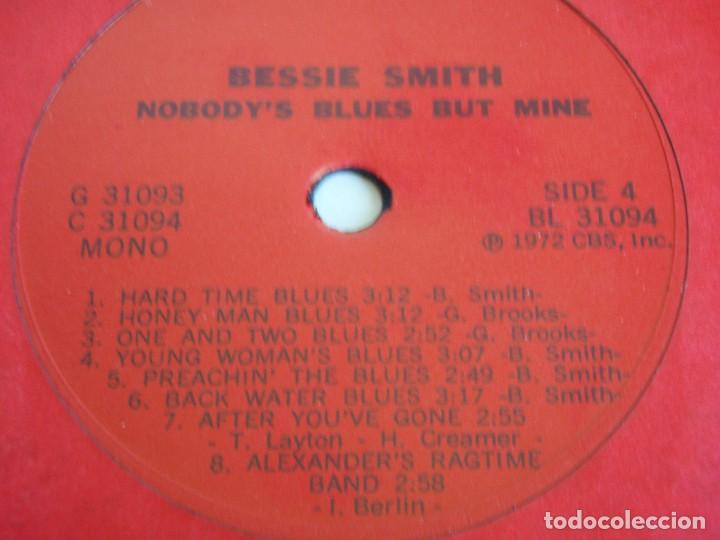
She was hired as a dancer rather than a singer, because the company also included the unknown singer, Ma Rainey. He arranged for its managers, Lonnie and Cora Fisher, to give Smith an audition. In 1912, Clarence returned to Chattanooga with the Stokes troupe. "That's why he left without telling her, but Clarence told me she was ready, even then.



"If Bessie had been old enough, she would have gone with him," said Clarence's widow, Maud. In 1904, her oldest brother, Clarence, covertly left home, joining a small traveling troupe owned by Moses Stokes. Their favorite location was in front of the White Elephant Saloon at Thirteenth and Elm streets in the heart of the city's African-American community. To earn money for their impoverished household, Bessie Smith and her brother Andrew began busking on the streets of Chattanooga as a duo: she singing and dancing, he accompanying her on guitar. Her older sister Viola took charge of caring for her siblings. By the time she was nine, she had lost her mother and a brother as well. William Smith was a laborer and part-time Baptist preacher (he was listed in the 1870 census as a "minister of the gospel", in Moulton, Lawrence, Alabama.) He died before his daughter could remember him. The 18 censuses report three older half-siblings, while later interviews with Smith's family and contemporaries did not include these individuals among her siblings.īessie Smith was the daughter of Laura (née Owens) and William Smith. Census data also contributes to controversy about the size of her family. However, the 1910 census recorded her birthday as April 15, 1894, a date that appears on all subsequent documents and was observed by the entire Smith family. The 1900 census indicates that Bessie Smith was born in Chattanooga, Tennessee, in July 1892. She is often regarded as one of the greatest singers of her era and, along with Louis Armstrong, a major influence on other jazz vocalists. Nicknamed The Empress of the Blues, Smith was the most popular female blues singer of the 1920s and 1930s. The solo chant is sung and often repeated back on the guitar, giving the song an emotionally charged atmosphere that is heightened by the repetition of the lyrics.sorry it's sort of in dot points hope that covers it.Bessie Smith (Ap– September 26, 1937) was an American blues singer. It is characterized by a highly emotional, simple solo chant of a phrase that is then repeated back. In blues, call and response lacks an accompanying harmony and is unbounded by the formality of any musical arrangement. Most blues songs feature loose narratives with the vocalist recounting their personal woes or the harsh realities of the world through gritty lyrics.Blues music is also known for its unique way of call and response. The initial phrase is sung on the first three lines and then a new statement or resolution is sung on the last line of the verse. Traditional blues verses consist of a single line that is repeated four times in AAB form.Blues music is known for repetitious verses, with lyrics typically ending on the last beat.



 0 kommentar(er)
0 kommentar(er)
